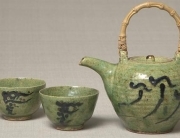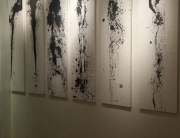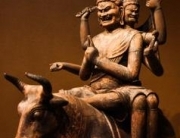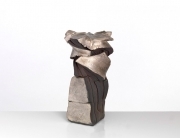Way back in 1955 the Japan Folk-Craft Museum held its first tea ceremony. The organizer should be no stranger to fans of the traditional art crafts. It was none other than Soetsu Yanagi, who selected some very unique tea pots for the event. He also selected unique utensils to be used alongside the pots and bowls. The choices were exacting to say the least.
Soetsu Yanagi-sensei is famous for his doctrine in regards to tea sets. He believed that one cannot make tea if the tea set was not aesthetically pleasing. The “Tea Aesthetics: the Tea of Soetsu Yanagi” exhibition gathers together the actual implements used in that very first museum tea ceremony. These are joined by a number of pieces from a special exhibition that was put together back in 1958.
Both of these sets open up a new insight into the tea preferences of Soetsu Yanagi-sensei. As this is a rare opportunity to actually see these pieces in action it’s not hard to imagine that this will quickly become one of the most important yakimono shows of the year. Few people can honestly say that they were present at a real Soetsu Yanagi tea ceremony.
Adults can get in for ¥1000 while students are allowed in for only ¥500. Considering that the exhibition will be running until March 23, it’s also easy to assume it’s going to be pretty big. A large number of people are expected to view the tea ceremony utensils.
Notably those that attend will probably make a day of it. They’ll naturally want to see the other implements that the museum has on regular display. The Folk-Craft Museum has an impressive permanent collection. Both yakimono and other pieces will be on display for those interested in the more traditional side of Japanese art. The related events are equally impressive.

Simple elegance is aesthetically pleasing, and that’s very important when it comes to the tea ceremony.
For instance, on Saturday January 25 there will be a lecture. The lecture is entitled “Tea of Tenshin Okakura and Soetsu Yanagi,” and it should be very informative. The speaker, Emiko Shimizu, is an Ibaraki University lecturer. While admission is only ¥300, the lecture is limited to only 70 audience members. As a result interested parties are being urged to make reservations now to avoid disappointment.
It would certainly be a shame to miss this type of lecture because there were not enough seats available. That being said the limit is hard, and more art students will not be allowed in after reservations have been filled.






